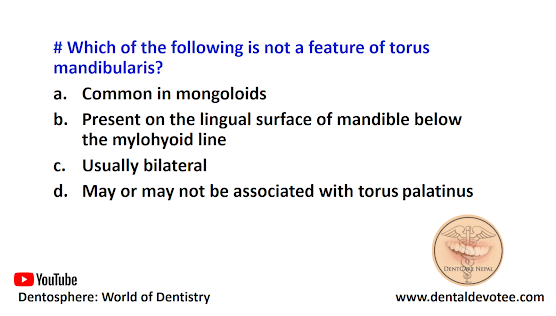# Stainless steel wire can be hardened by:
A. Tempering
B. Work hardening
C. Annealing
D. Pulse straightening
The correct answer is B. Work hardening.
Cold Working (Strain Hardening/Work Hardening): It is the process of plastically deforming metal at a temperature, lower than at which it recrystallizes new grains. This temperature is usually one-third to one-half of its absolute melting point. Cold working disrupts the regular atomic arrangement and incorporates strain across the grain boundaries.
Annealing: It is the process of reversing the effects of cold working. In a clinical setting, a wire is considered annealed when it appears red hot.
Hysteresis: The difference between the energy required to activate the wire by deflection and that it releases during deactivation. This is called energy loss or hysteresis.
Heat treatment: It refers to a general process of using thermal energy to change the characteristics of metallic alloys as tempering, precipitation hardening, or annealing. In a clinical setting, different wires are heat treated according to the manufacturer's recommendations. A wire is considered heat treated when it appears straw-colored.




















